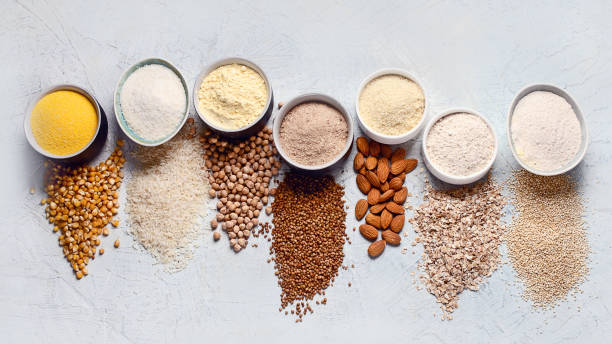The importance of protein — which is vital in the growth and repair of the body’s cells — can’t be overstated. That’s why our Learning Centre already includes an in-depth, multi-story series on how much we need, where to get it, and when to eat it.
But as I review more and more diet histories of patients, I am struck by the difficulty many people still have in simply taking in enough protein at the right times, and how some people turn to poor-quality and excessively processed sources.
One of the research studies I read for my previous articles focused on what happens to us when we eat too little, too much or “just the right” amount of protein in a meal. It really is a Goldilocks phenomenon.
When we consume too little protein, we become hungrier faster, and that’s when we’re more susceptible to making poor choices — grabbing what we can on short notice. Running late in medical school, my choice was often a Snickers bar and a Diet Coke!
To put this to a self-test, I recently went grocery shopping hungry. What a disaster!
My diet at this point is fairly clean. (Yes, I still eat pizza although much less!). But the sheer amount of absolute garbage that ended up in my shopping cart was astounding: Packages of snacks from the center of the store where I usually don’t even look, processed items that have that shiny silvery lining, which basically is a warning sign that it’s bad for our bodies. I brought this stuff home and ended up throwing most of it away to keep from eating it! Many people would never grocery shop when hungry, but we often allow ourselves to get caught in similar situations at lunch, after work, and while taking the kids to practice. And yes, I do “reprimand” my patients for eating hot dogs at their kids’ sporting events.
I have two tables in my previous articles that detail the sources of protein and the amounts in various foods. More often than I thought I would, I encounter patients who don’t eat meat. This makes protein goals even more challenging.
In my previous articles, I also detailed how low the recommended daily allowance (RDA) is for protein. The amounts are essentially enough to prevent protein malnutrition, but not nearly enough to build muscle, heal from surgery or illness, or even to maintain optimal health. All of our bodily processes require energy, and protein fuels much of that.
I recently read an article on high-protein grain sources to replace white rice in a meal. The following examples are less processed than white rice, which is very quickly digested and absorbed, stimulating the insulin-resistance process. I will simply list the highlights of the nutritional values of these non-animal sources:
Quinoa: One cup of cooked quinoa:
- 222 calories
- 39 g carbs
- 5 g fiber
- 8 g protein
Wild rice: One cup cooked (this is a whole grain, which is why it is different from white rice):
- 166 calories (this is the calorie winner in the list)
- 35 g carbs
- 3 g fiber
- 6.5 g protein
Kamat: This is an “ancient grain,” Khorasan Wheat. Ancient grain indicates organic and not genetically modified or mixed with other forms of wheat. Also, one cup cooked:
- 227 calories
- 47.5 g carbs
- 7 g fiber
- 10 g protein (this is the protein winner)
Teff: Cereal grain commonly found in East Africa, high in fiber, low glycemic Index. One cup cooked:
- 255 calories
- 50 g carbs (highest in carbs)
- 7 g fiber
- 10 g protein
Amaranth: Technically a seed, like quinoa. Rich in antioxidants, gluten-free. One cup cooked:
- 251 calories
- 46 g carbs
- 5 g fiber
- 9 g protein
Farro: Derivative of wheat. Maintains shape in soups and stews. One cup cooked:
- 200 calories
- 41 g carbs
- 4 g fiber
- 8 g protein
Sorghum: Naturally gluten-free grain, rich in polyphenols. ¼ cup raw, different serving sizes:
- 170 calories
- 36 g carbs
- 8 g fiber
- 4 g protein
Here’s some final food for thought: Non-animal sources of protein can provide adequate protein, although the protein content-to-calorie ratio is higher than animal sources. Grains, however, provide fiber, polyphenols for some, and antioxidants not found in animal sources.

